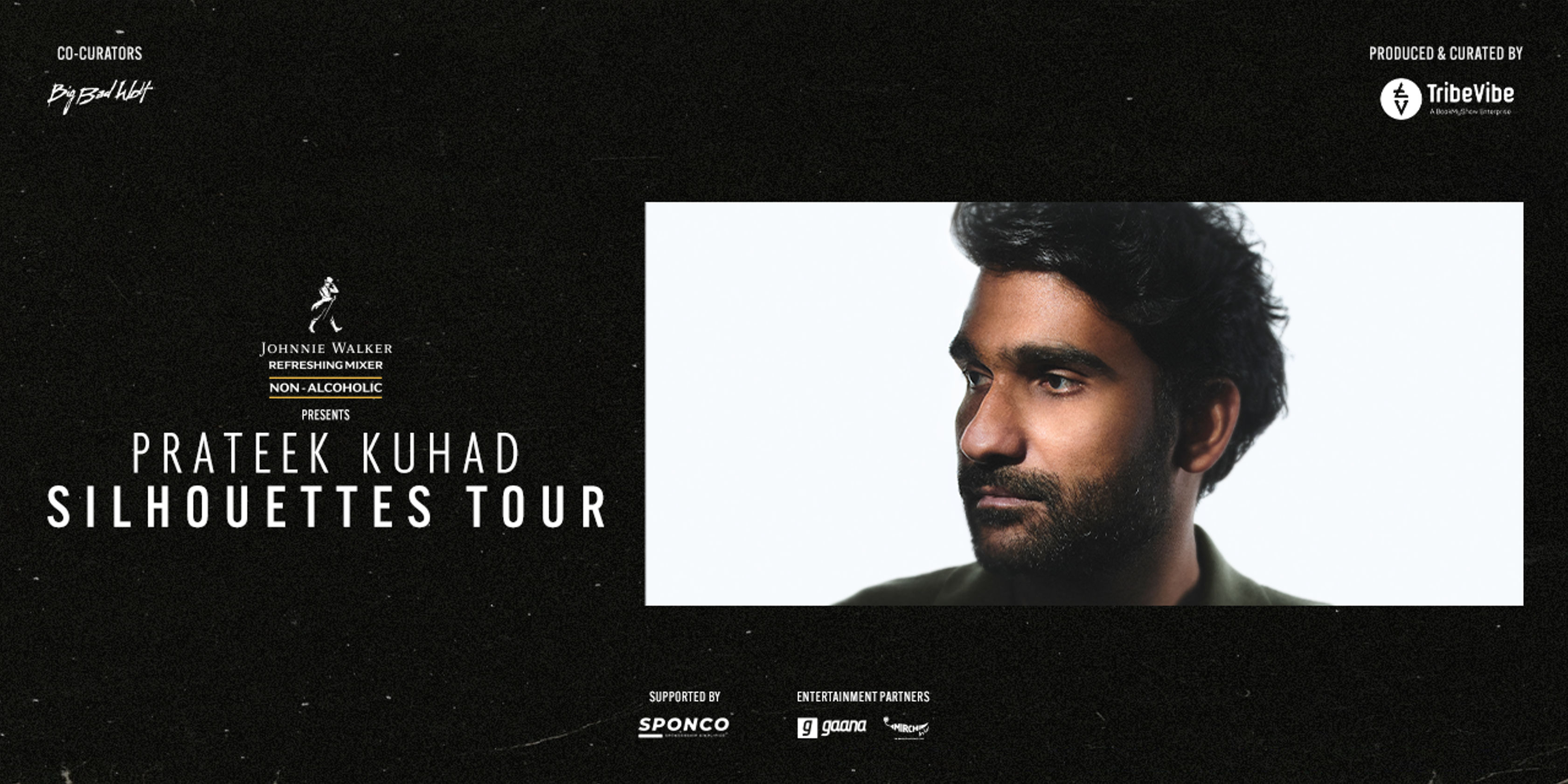Search Topic
Most Interesting Facts About The Tabla
North India is home to the most popular percussion instrument, the tabla. Usually associated with North Indian classical music, it is also widely used in other music styles and is the most popular percussion instrument in all of India. Known as daya/right and tabla respectively, the highest-pitched drum is also played with the right hand. The tabla, a pair of small drums fundamental to Hindustani music, was invented in the 18th century.
Features of Tabla
A truncated cone drum with two protruding truncated cones bulging at its center and a shorter lower portion. Skin tension is maintained by thong lacings and wooden dowels that are tapped with a hammer in retuning. Dahina is tuned to the tonic pitch of the composition performed by the instrumentalist or vocalist. It is usually tuned to the tonic, or ground note, of the raga.
A baya, or bahina (meaning “left”), is a deep kettledrum, played with the left hand. The drum face measures about 20 cm in diameter, and the drum measures about 25 cm in height. Typically made of copper, but can also be made of clay or wood, and fitted with a hoop and thong lacing to keep the skin taut. Tone colour and pitch are altered when a player presses the heel of their hand. The tuning of the baya varies, but it may be a fifth or an octave below the daya. Baya is tuned not to a specific pitch, but to a tone that is easily modulated to mimic drum language.
History of Tabla
The Vedas, an ancient collection of Sanskrit literature dating back to 1500 BC, is the first to refer to melodic and rhythmic systems used in Indian music. Legend has it that an argument ensued between two pakhawaj players employed by the Moghul court of Mohammed Shah in the early 18th century over a drum competition. Sidar Khan, a sword-wielding drummer who had cut the single barrel in half, acted out of anger. It may not be true.
Amir Khusru, who was instructed to create a more subtle and melodic percussion instrument that could accompany the new style of music called Khayal, invented the tabla around 1738, according to modern research. Indian classical music is performed in this style with tabla accompaniment.
Conclusion
The tabla is a very popular Indian drum, and it’s commonly found in the classical music of North India. In this article, we’ve provided you with some interesting facts about the tabla that should be helpful for both beginners. As you’ve seen, the tabla is an important instrument that has a lot of history behind it. It’s also one that can be used in many different kinds of music. In fact, it has become so popular outside India that people often assume all drums are Indian! please explore our Instruments blog to learn more about other Instruments of world !








